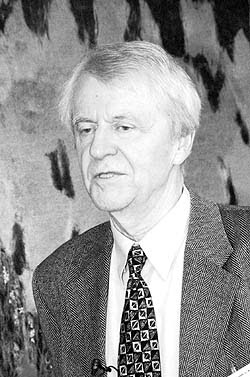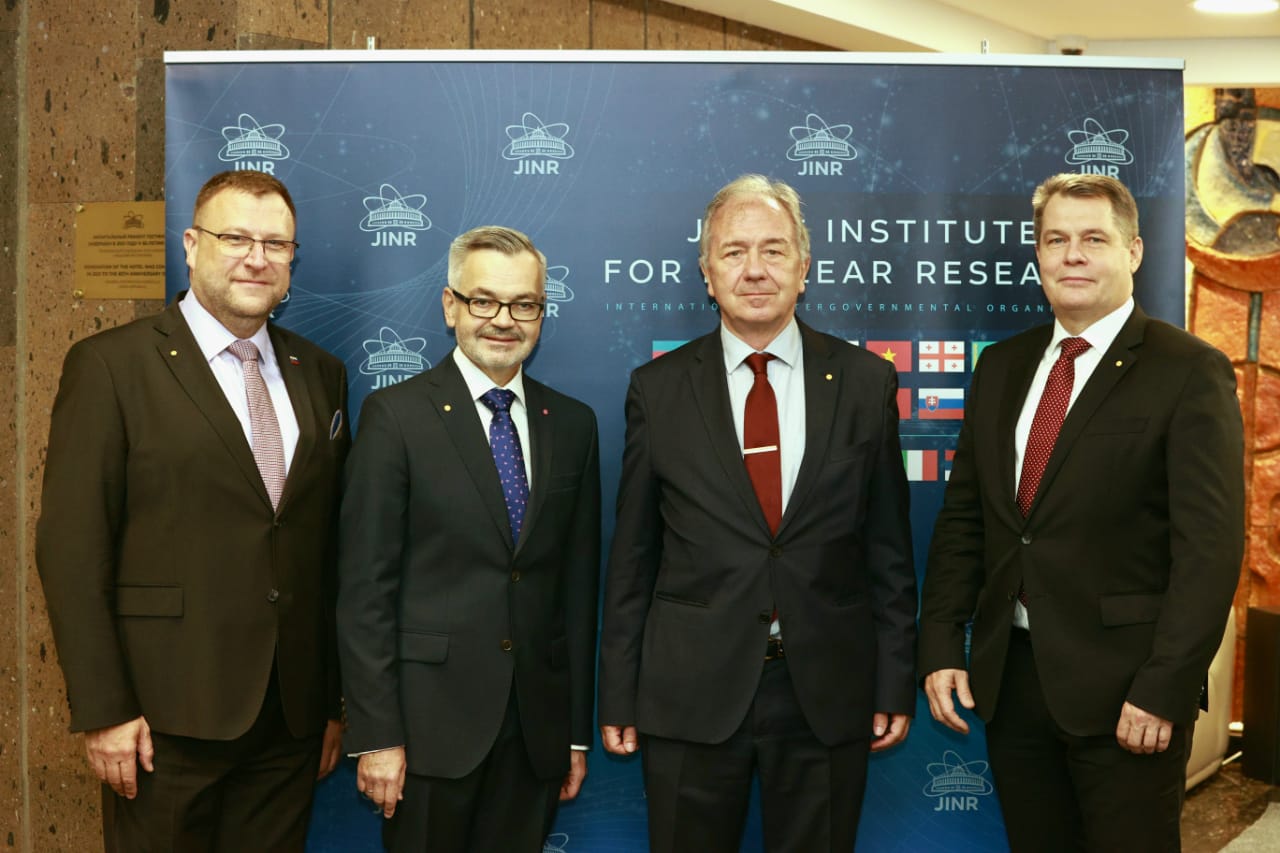TAIGA Gamma Observatory: Status and Prospects
Autor
| Kuzmichev L.A. | SINP, Lomonosov State University, Moscow |
| Slunečka Miloš, Ing. | Matematicko-fyzikální fakulta UK v Praze, SÚJV Dubna |
| et al. | různé instituce |
Rok
2018
Časopis
Physics of Atomic Nuclei, 81 (4), 497-507
Web
Obsah
Over the past few years, the TAIGA (Tunka Advanced Instrument for cosmic ray physics and Gamma-ray Astronomy) observatory has been being deployed in the Tunka Valley, Republic of Buryatia. It is designed for studying gamma rays of energy above 30 TeV and performing searches for sources of galactic cosmic rays with energies in the vicinity of 1 PeV, which is an energy region around the classic knee in the cosmic-ray energy spectrum. The first phase of the observatory will be situated at a distance of about 50 km from Lake Baikal at the site of the Tunka-133 array. The TAIGA gamma observatory will include a network of 500 wide-angle (0.6 sr) Cherenkov detectors (TAIGA-HiSCORE array) and up to 16 atmospheric Cherenkov telescopes (ACT) designed for analyzing the EAS images (imaging atmospheric Cherenkov telescopes, or IACT) and positioned within an area of 5 km(2). The observatory will also include muon detectors of total area 2000 m(2) distributed over an area of 1 km(2). Within the next three years, it is planned to enhance the area of the TAIGA-HiSCORE array by a factor of four-from 0.25 km(2) to 1 km(2); to supplement the existing IACT with two new ones; and to deploy new muon detectors with a total coverage of 200 m(2). The structure of the new observatory is described along with the data analysis techniques used. The most interesting physical results are presented, and the research program for the future is discussed.
Příklad citace článku:
L. Kuzmichev, M. Slunečka, . et al., "TAIGA Gamma Observatory: Status and Prospects", Physics of Atomic Nuclei, 81 (4), 497-507 (2018)


 MINISTR ŠKOLSTVÍ KE SPOLUPRÁCI ČR S SÚJV
MINISTR ŠKOLSTVÍ KE SPOLUPRÁCI ČR S SÚJV INTEREST JINR, Wave 6
INTEREST JINR, Wave 6 Zemřel profesor Ivo Zvára
Zemřel profesor Ivo Zvára Výzva k podávání žádostí na projekty řešené ve spolupráci s SÚJV (Projekty 3+3)
Výzva k podávání žádostí na projekty řešené ve spolupráci s SÚJV (Projekty 3+3)  Výzva k podávání žádostí na Granty zplnomocněného představitele vlády ČR v SÚJV
Výzva k podávání žádostí na Granty zplnomocněného představitele vlády ČR v SÚJV Velvyslanec ČR v RF navštívil SÚJV
Velvyslanec ČR v RF navštívil SÚJV INTEREST JINR, Wave 5
INTEREST JINR, Wave 5 Ruské vízové centrum
Ruské vízové centrum Pracovní pobyty ČR - SÚJV 2022
Pracovní pobyty ČR - SÚJV 2022